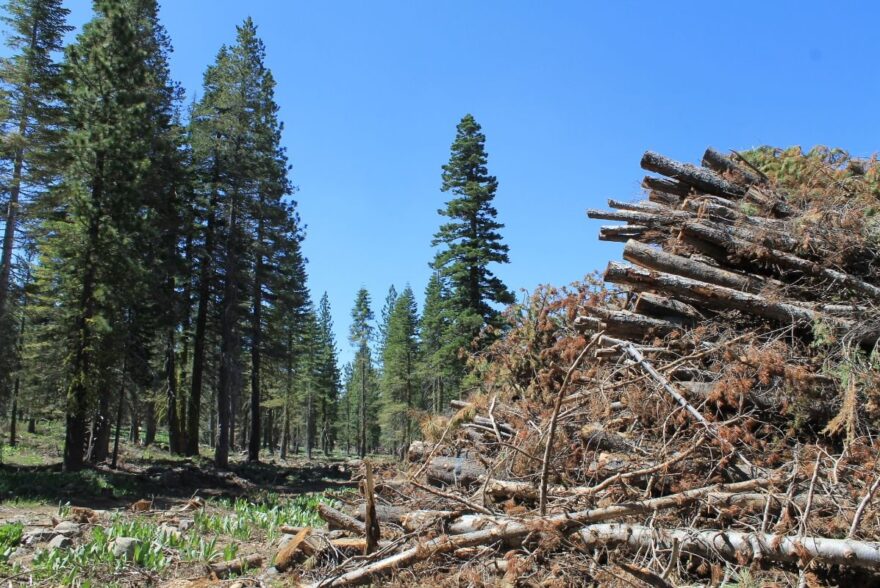Oct. 2020 Science Corner | “Stochastic Hydro‐Financial Watershed Modeling for Environmental Impact Bonds”


A recent study led by UC Irvine PhD Candidate Matthew Brand aims to support private investment in environmental restoration. Brand investigated how Environmental Impact Bonds (EIB), one emerging conservation finance tool, could be structured to incorporate pay-for-performance measures.
Authors: Matthew W. Brand, Napoleon Gudiño‐Elizondo, Maura Allaire, Steven Wright Waylon Matson, Phil Saksa, Brett F. Sanders
Interview and story by: Tessa Maurer
Environmental finance is at a unique turning point, both in the United States and globally. According to a 2017 report, over $3.1 billion of private funds for environmental conservation remains unleveraged due to lack of appropriate investment vehicles. At the same time, many planned and needed environmental restoration projects, particularly on public lands, are shelved without adequate state or federal funding to facilitate their completion.
A recent study led by UC Irvine PhD Candidate Matthew Brand aims to support private investment in environmental restoration. Brand investigated how Environmental Impact Bonds (EIB), one emerging conservation finance tool, could be structured to incorporate pay-for-performance measures. This would allow investors to be repaid incrementally based on cost savings from specific restoration projects. Using pay-for-performance helps cash-strapped stakeholders like utilities or public agencies support restoration work without having to seek additional funds; however, investors assume the financial risk that a project does not result in the expected savings. In order to make the investment worthwhile, interest rates on EIBs must reflect the risk to investors.
“We have a standardized way of assessing risk from governments and corporations, but for EIBs, there’s an additional risk in that your revenue streams are tied to variable environmental conditions,” said Brand. The key is to provide confidence to investors that environmental and financial models that project cost savings are likely to be true. “We’re not reducing the uncertainty, because we can’t control the weather. All we’re doing is quantifying the uncertainty.”
The goal of Brand’s research was to assess this risk in a mathematically rigorous way. “Instead of running just one simulation into the future, we ran hundreds of thousands of different futures. Based on our simulations, we could quantify the worst-case scenario and calculate a probability that the investors actually get paid,” he said. Brand applied this model to the Tijuana watershed which crosses the U.S.-Mexico border and struggles to control sediment entering the streams. He found that different proposed methods of controlling sedimentation had different likelihoods of success. A common theme, though, was that the longer the lifetime of the bond, the lower the risk to the investor. That’s partly because the cost of managing the sediment loads goes up significantly in wet years – the longer the lifetime of the bond, the more likely it overlaps with a wet year and provides correspondingly high cost savings.
The framework proposed by Brand and his colleagues overcomes a crucial hurdle to bringing more EIBs, including Blue Forest’s Forest Resilience Bond (FRB), to the market at a time when investments in environmental restoration are desperately needed. The unprecedented 2020 wildfire season in the American West has highlighted the urgent need for additional and more rapid funding streams to support forest restoration.
“Solving the world’s greatest environmental challenges is not a technical problem. We know that doing watershed restoration projects reduces the risk of wildfires. The big problem is funding; that’s the primary importance of EIBs.”